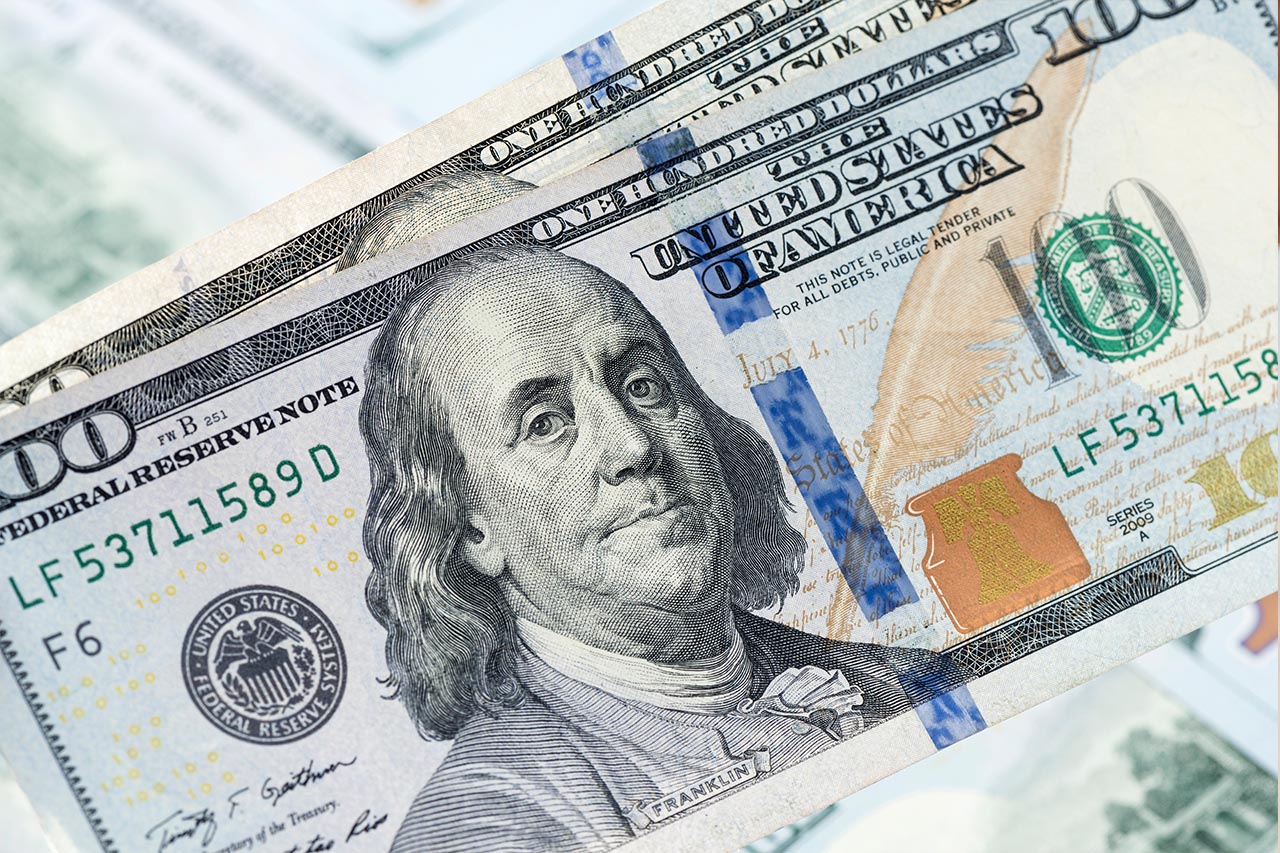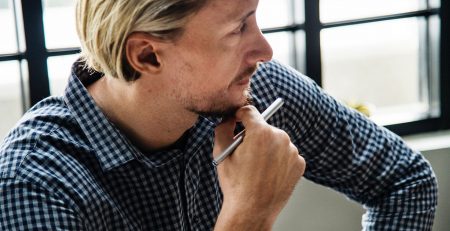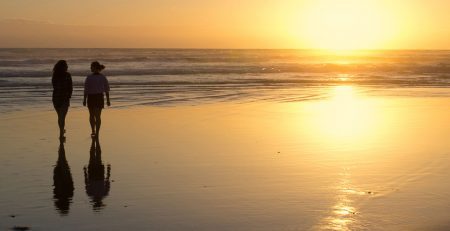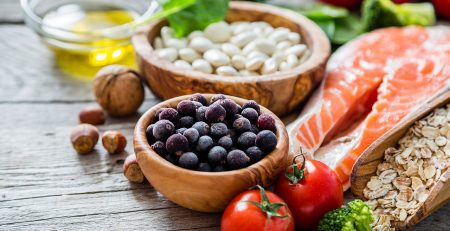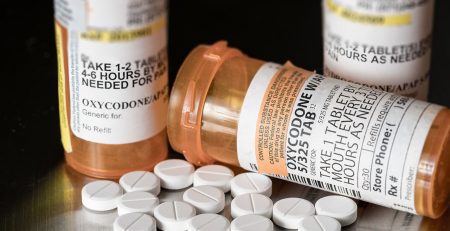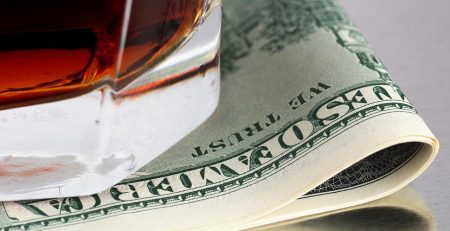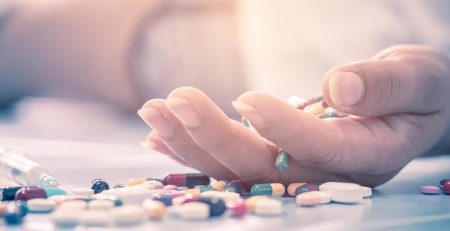Studies have identified shocking statistics, nearly 80% of United States dollar bills contain traces of cocaine.1
The drug contamination of US paper money isn’t the only headline about weird places to find cocaine. New reports are indicating that shrimp across the pond in the UK are testing positive for trace amounts of cocaine as well. So, what’s causing this problem and what can be done about it? Our center for luxury dual diagnosis treatment investigates the recent reports.
Why Is There Drug Residue On Money?
While cocaine traces are the most common drug found on US currency, there are other substances leaving drug residue on money. The same study also found that other drugs like morphine, heroin, meth, and amphetamines are also found on US bills.1 So, what is causing the drug contamination of US paper money? The things we touch, such as foods, surfaces and, yes, even drugs, can leave tiny “molecular echoes” on our hands that are then deposited onto other things we touch, like money. 1
Molecular echoes are one factor contributing to drug residue on money, but this residue can also be caused by the money’s involvement in drug use. Cocaine is likely such a common culprit of drug contamination on United States paper currency because those using the drug may utilize rolled up bills to ingest the drug, leaving ample residue.
Cocaine Traces In Shrimp
A recent investigation in the United Kingdom found that freshwater shrimp contained trace amounts of cocaine, ketamine, and even a pesticide called fenuron.2 Scientists explain that drug use in communities can result in contamination of surface waters, and if the waste water is not properly treated, it can enter into other waterways and bring the contamination with it.
Most startlingly, the study found that traces of cocaine, lidocaine, alprazolam, and diazepam were equal across the country, not just concentrated in urban areas with higher rates of illegal drug use. Another discovery from 2018 identified traces of opioids in mussels near Seattle, showing how widespread the effects of drugs in waterways and wildlife has grown worldwide.3
The spread of multiple drug contaminations to freshwater wildlife is a frightening development that may prove harmful to communities. Mixing drugs is always dangerous and may be dangerous for these communities of shrimp as well.
The safest opportunity for saving waterways and currency from contamination is to support recovery and sobriety. If you are struggling with addiction, our team at Seaside Palm Beach is here to help. We can also help you guide a friend, family member, coworker, or loved one on the path of recovery with our drug intervention assistance. Call 561-677-9374 to learn more about our luxury drug and alcohol treatment opportunities.
Sources:

